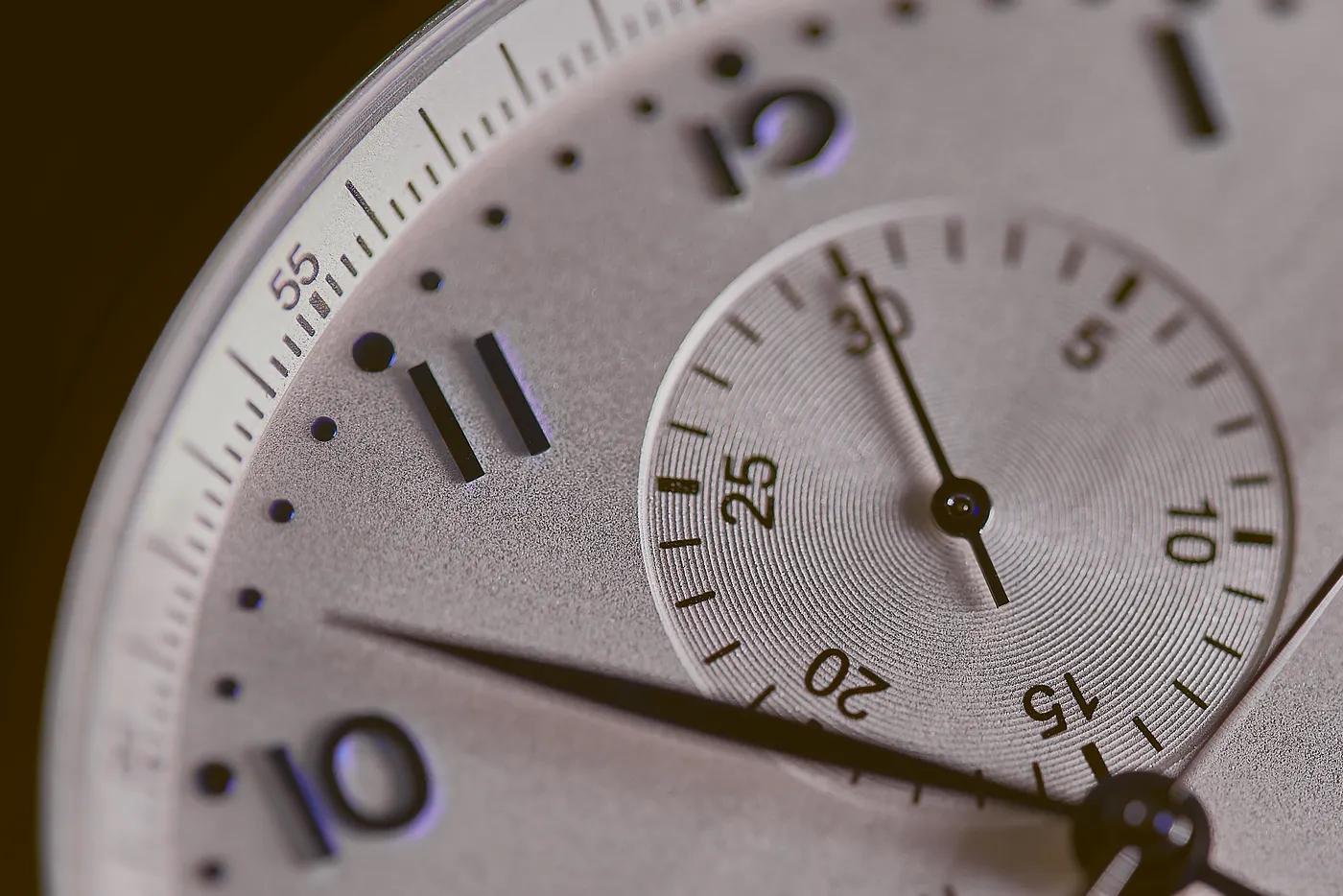Introduction
Lets imagine two Observers at some point on Earth. One of them (A) has to leave on a rocket, get to some point in space and return within one hour (according to the clock of B on Earth) to meet B at the same spot where he initially departed from. Since the time and distance are already pre-defined, the velocity with which A need to move relative to B is predefined as well. In order to make this journey complete within an hour, A decides to speed up and attain that pre defined speed. But this is relativistic mechanics and not the usual classical mechanics. In relativistic mechanics, we know that anything that speeds up, moves slower in time. So, why does time dilation happen at all?
 Photo by Agê Barros on Unsplash
Photo by Agê Barros on Unsplash
Time Dilation and the Speed of Light
The fundamental assumption of relativity is that the speed of light is the maximum speed attainable by a material object in the physical universe. If some rocket is speeding up, there is a possibility that the speed of the rocket plus the speed of an object within the rocket, exceeds the speed of light in vacuum. In order this possibility is ruled out, the speed of the object within the rocket has to be constrained so that the resultant speed never exceeds the speed of light. That constraint is easily put by slowing the time for the object so that the velocity of the object within the rocket is small enough for the resultant speed not to exceed the speed of light in vacuum. To conclude ‘moving things run slower’.
Proper Time and Relativity of Time
Due to time dilation, A is in dilemma as to what he should do. If he slows down, he will never be able to make the journey in the given time. If he doesn’t then he is at worse situation. Because due to time dilation, he might have to wait for longer period of time to meet with B again. The resolution of this is made by the introduction of proper time. Proper time is the time that would give the right speed so that he isn’t fast enough (for time dilation to work more strongly) or he isn’t slow enough not to complete the journey in given time. In other words, proper time is the time measured by an observer at rest in an inertial frame using his concept of simultaneity. Whatever the time A records in this journey is the proper time. And it is always smaller than the other since the observer A is at rest with respect to the clock in the moving frame. Similarly if we look at the motion of observer A from the frame of reference of B, then the time of 1 hour is the proper time relative to any observer at rest in the frame of reference of B. This proper time of 1 hour is always smaller than the time measured by observers in other moving frames of reference relative to B. Apparently, time itself is a relative concept.